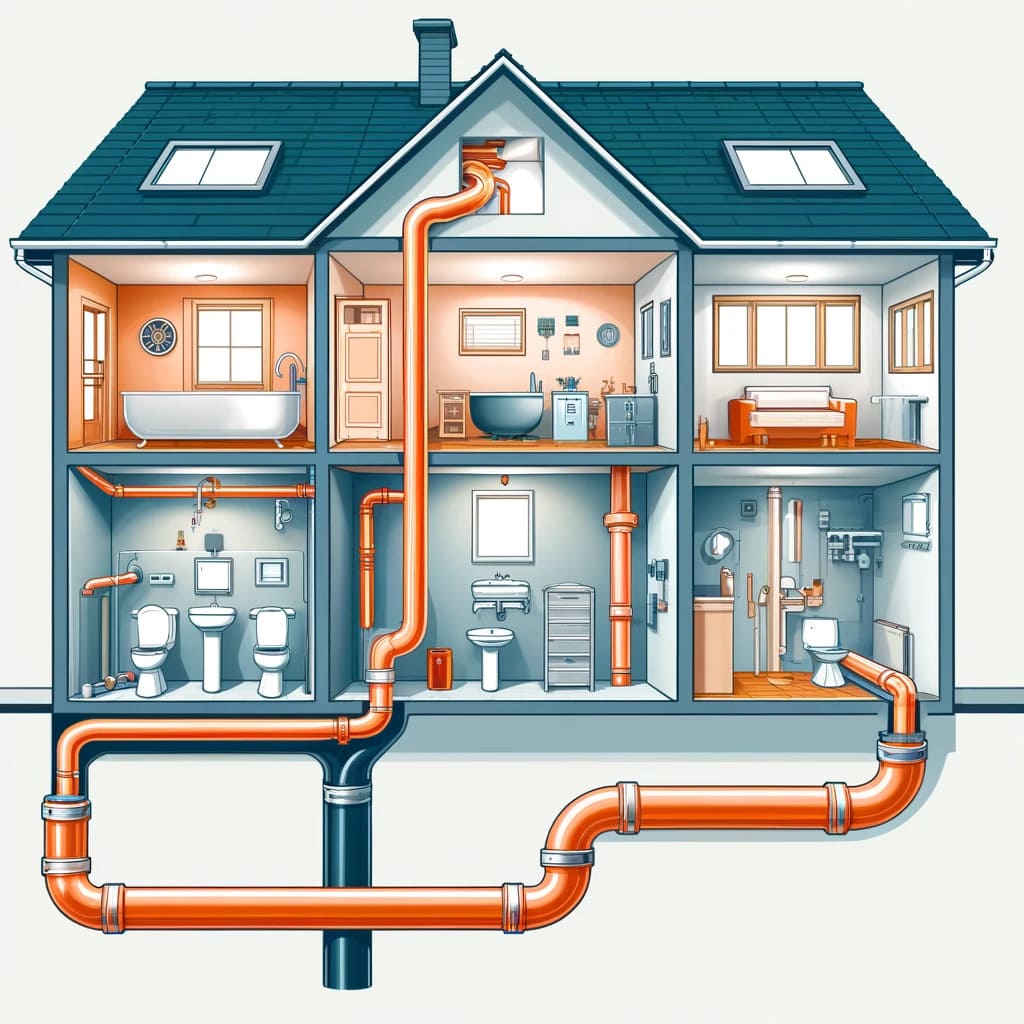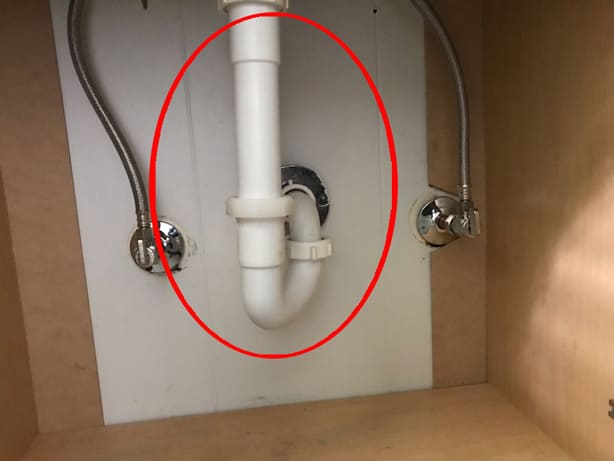Regular plumbing maintenance in Seattle is essential for local residents and businesses. It aims to prevent costly emergency repairs and ensure systems function correctly. Craftsman Plumbing, a trusted name within a 5-mile radius of Green Lake, Seattle, WA, emphasizes the importance of proactive maintenance to prevent leaks, improve water quality, and promote hygiene.
This article guides you through understanding your plumbing system, a routine plumbing maintenance checklist, when to call a professional plumber, and concludes with key takeaways. By the end, Craftsman Plumbing ensures you’re equipped with the knowledge to maintain your plumbing system effectively, preserving its longevity and ensuring seamless functionality.
Understanding Your Plumbing System
Facility Plumbing Mapping
Craftsman Plumbing recommends utilizing digital mapping tools to create an easily accessible and updatable map of your plumbing system. This map should delineate the supply and drainage subsystems, ensuring quick access during maintenance, repairs, or emergencies.
Subsystems of Residential Plumbing
- Supply System: This subsystem brings fresh water into your home. It utilizes water pressure to distribute water throughout the premises, even to upper floors or remote areas.
- Drainage System: Operating without pressure, this system relies on gravity and a downward pitch in the pipes to remove wastewater from your home. It includes traps and vents to prevent sewer gas entering the living spaces.
Key Components of the Plumbing System
- Main Water Shut-off Valve: Located to stop the water supply quickly in emergencies; individual fixtures also have shut-off valves.
- Water Heaters maintain the hot water supply, typically between 140°F and 160°F.
- Drain Pipes and Vents: Made from materials like ABS, PVC, or cast iron, these components are crucial for carrying waste to municipal drains and ensuring proper venting to prevent backflows.
- Traps and Clean-out Plugs: Traps in the drainage system, such as S-shaped pipes under drains or drum traps in older bathtubs, are essential for blocking sewer gases. Clean-out plugs provide access for clearing blockages.

Drain Pipes and Vent Pipes Diagram
Plumbing Materials and Water Pressure
- Piping: Common materials include copper, CPVC, and, increasingly, PEX in new constructions. The choice of material can affect the longevity and safety of the water supply system.
- Pressure Concerns: Normal street water pressure ranges from 40 to 80 psi. Excessive pressure can lead to burst pipes, making pressure regulation crucial.
Routine Plumbing Maintenance Checklist
Daily and Weekly Maintenance Tips
- Daily Tips:
- Avoid clogs by not disposing of grease, oils, and fibrous or stringy food wastes down the sink.
- Use garbage disposals correctly: Start the water and disposal before adding food, and let cold water run for at least 15 seconds after use.
- Run the dishwasher at night to conserve hot water and maintain good water pressure.
- Weekly Checks:
- Inspect under sinks for leaks.
- Test all sink and shower drains for speed of drainage.
- Operate each water faucet to check for leaks and ensure proper flow.
- Clean lint traps on your washing machine to prevent blockages.
Seasonal Maintenance Actions
- Fall Preparations:
- Disconnect and drain outdoor hoses.
- Shut off and insulate outdoor spigots.
- Prepare the water heater for colder months by setting it at 120° Fahrenheit and flushing out sediment.
- Winter Readiness:
- Insulate both hot and cold water pipes.
- Use acoustic sensors and thermal imaging to check for pipe integrity.
- Regularly run water to prevent pipes from freezing.
- Spring Cleaning:
- Check for slow leaks around the house.
- Inspect all pipes for signs of leaks or damage.
- Ensure water-using appliances are leak-free.
- Summer Upkeep:
- Have the septic system inspected and pumped if necessary.
- Clean and check irrigation systems for damage or leaks.
Monthly and Annual Maintenance
- Monthly Checks:
- Focus on areas prone to leaks, like kitchen sinks and toilet tanks.
- Inspect visible pipes for signs of corrosion.
- Clean faucet aerators and showerheads to remove mineral buildup.
- Annual Reviews:
- Conduct a comprehensive plumbing inspection.
- Service significant components like water heaters and sump pumps.
- Update your home’s plumbing map and maintenance logs to track changes and services.
Craftsman Plumbing emphasizes that adhering to these maintenance schedules can significantly enhance the longevity and efficiency of your plumbing systems, ensuring better water quality and reduced utility bills for Seattle homes.
When to Call a Professional Plumber
Signs You Need a Professional Plumber
- Persistent Low Water Pressure:
- If you experience low water pressure throughout your house could indicate serious issues like leaks, clogs, or malfunctioning pressure valves. Craftsman Plumbing can diagnose and resolve these problems efficiently.
- Clogged Drains:
- When plungers or drain snakes fail to clear a clog, it’s time to call in the experts. Craftsman Plumbing has the tools and expertise to handle stubborn blockages without damaging your pipes.
- Unusual Noises or Odors:
- Gurgling sounds, water hammering, or a persistent sulfur smell can indicate deeper issues within your plumbing system. These symptoms often require a professional assessment to prevent significant repairs.
- Sewage Issues:
- If sewage backs up into your bathtub or you detect a sewage smell near your home, it could point to a compromised sewer line. Immediate professional intervention is crucial to prevent health hazards and property damage.
- Major Installations or Repairs:
- Upgrading fixtures or appliances often require modifications to your existing plumbing system. Craftsman Plumbing ensures that installations meet local codes and function optimally.
- Running Toilets or Leaky Pipes:
- These not only waste water but also increase your water bills significantly. Craftsman Plumbing can fix these issues promptly, helping you conserve water and reduce costs.
- Water Heater Issues:
- If your water isn’t heating correctly, a plumber can assess whether your water heater needs repair or replacement, ensuring you have a reliable hot water supply.
- Signs of Water Damage:
- Excess water on floors and walls or the appearance of mold requires immediate attention. These signs often indicate leaks that only a professional can locate and repair.
- Discolored Water:
- Water that looks, smells, or tastes unusual can indicate contamination. A professional plumber can determine if the issue stems from a damaged water main or another source.
- Unexplained Water Bill Spikes:
- A sudden increase in your water bill usually points to a hidden leak. Craftsman Plumbing uses advanced leak detection technology to pinpoint and fix leaks efficiently.
By recognizing these signs and calling Craftsman Plumbing promptly, you can maintain the integrity of your plumbing system and avoid the inconvenience and cost of emergency repairs.
My Closing Thoughts
Throughout this article, we’ve navigated the intricacies of maintaining a robust plumbing system, underlining regular upkeep’s critical role in averting disruptive emergencies and ensuring the seamless operation of residential and commercial properties in Seattle. Craftsman Plumbing has been spotlighted as a beacon of expertise and reliability, ready to empower locals with preventive strategies, handle emerging issues, and impart essential knowledge on plumbing systems’ operational and material nuances. The culmination of this guide emphasizes not only the practical maintenance actions homeowners can undertake but also delineates clear indicators for when professional intervention becomes imperative.
Reflecting on the journey through detailed maintenance checklists, the seasonal readiness steps, and the crucial signs signaling the need for a professional plumber’s attention, it is evident that the pathway to a well-maintained plumbing system is through vigilance and partnership. Craftsman Plumbing emerges as an invaluable ally in this endeavor, offering the tools, knowledge, and services necessary to sustain the health and efficiency of Seattle’s plumbing infrastructure. By adhering to the outlined maintenance schedules, residents can significantly enhance their system’s longevity and performance, safeguarding their comfort and safety while navigating plumbing maintenance complexities with an informed and proactive approach.
Plumbing Maintenance FAQs
- How should I maintain my plumbing system?
To ensure the longevity of your plumbing system, adopt these nine essential maintenance practices:
- Establish a regular maintenance schedule.
- Routinely check for leaks.
- Keep your drains free of clogs.
- Avoid flushing inappropriate items.
- Monitor faucets and showerheads for drips or damage.
- Clean your water heater periodically.
- Check your water pressure.
- Maintain your septic system or sewer lines properly.
- What does plumbing maintenance involve?
Plumbing maintenance involves regular checks and actions to ensure the system functions properly and efficiently. This includes checking for leaks, which is crucial as even minor leaks can lead to significant issues like mold growth and structural water damage. A professional plumber can conduct detailed inspections to detect and fix any leaks or potential problems.


